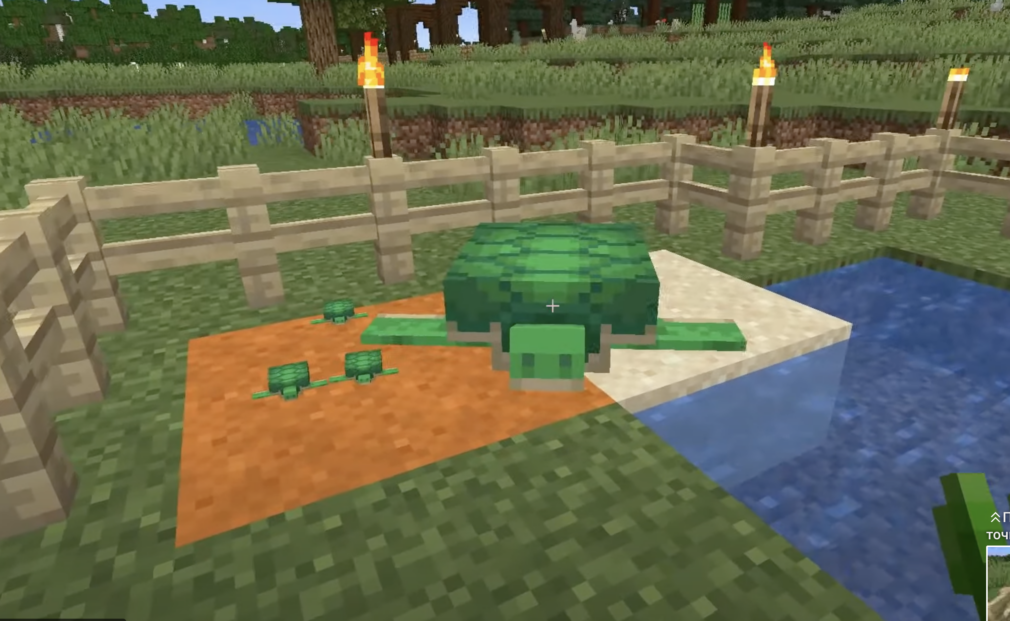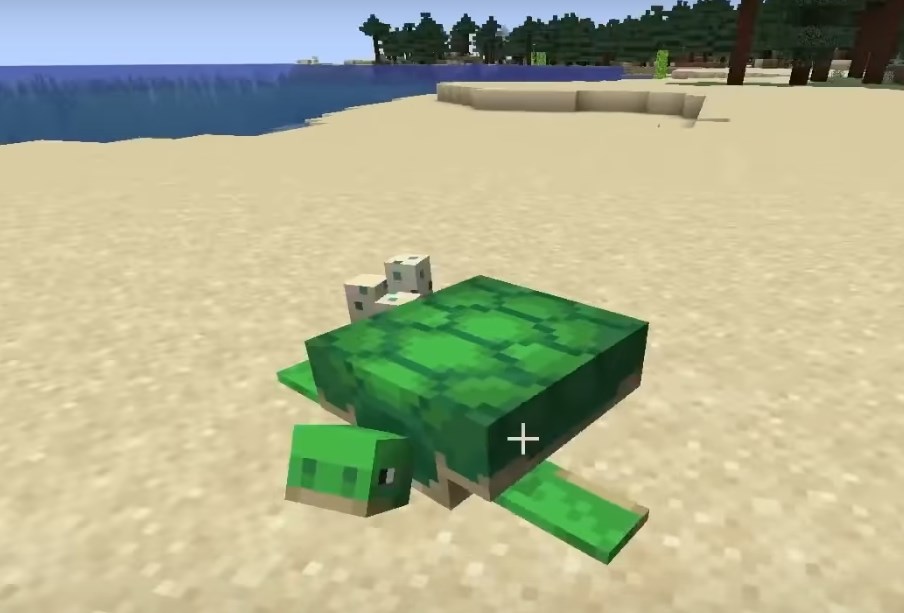In the expansive world of Minecraft, the life cycle of certain creatures offers not just gameplay mechanics but also a touch of realism. One such creature is the turtle, whose breeding and hatching process adds depth to the gaming experience.
This guide delves deep into understanding and mastering the process, from locating these aquatic reptiles to ensuring the safe hatching of their offspring.
Breeding Turtles in Minecraft: A Complete Guide
Locating and Breeding Turtles
In your quest to breed these majestic creatures, your journey should begin alongside oceanic shores, particularly beach biomes. While these marine reptiles aren’t exactly ubiquitous, the coastline near ocean biomes often becomes their favored habitat.
Enticing and breeding them requires seagrass, a readily available underwater plant. Offering them this delicacy triggers their breeding mode, leading to heart particles surrounding them as a sign of successful pairing.
Understanding the Laying Process:
Once in the mood for nesting, one of the pair will embark on a search for the ideal nesting spot. This search might take a bit, as the turtle scouts for the optimal block, ideally sand or red sand, to deposit its offspring. Following a successful laying, these creatures are ready to breed again within a brief span, either 30 seconds (Java Edition) or 90 seconds (Bedrock Edition).

Safeguarding the Next Generation
The subsequent step involves vigilance. The offspring’s sanctuary, while seemingly just another block, holds immense allure for zombie mobs. These creatures are attracted to the egg, attempting to trample and break it.
Moreover, even a non-hostile creature can inadvertently crush them. To prevent such mishaps, lighting up the vicinity and erecting a protective barrier around the nesting site is paramount.
The Wait for New Life
Patience is a virtue, especially when awaiting the birth of baby turtles. The game doesn’t offer shortcuts here; one must simply bide time. The hatching cycle stretches over four to five in-game days, translating to approximately two real-world hours. The outcome? Adorable baby turtles, often considered the tiniest mobs in the game.
Their minuscule size means they can entirely submerge into a soul sand block, making them vulnerable to suffocation.
Conclusion
The journey from breeding turtles to witnessing the hatching of their eggs in Minecraft is a testament to the game’s dedication to detail and realism. This process, while demanding patience, offers players a unique and rewarding experience, reflecting nature’s own pace and rhythm.
As you master the art of breeding and safeguarding turtle offspring, you not only enrich your gameplay but also gain a deeper appreciation for the delicate balance of life within this virtual universe.
